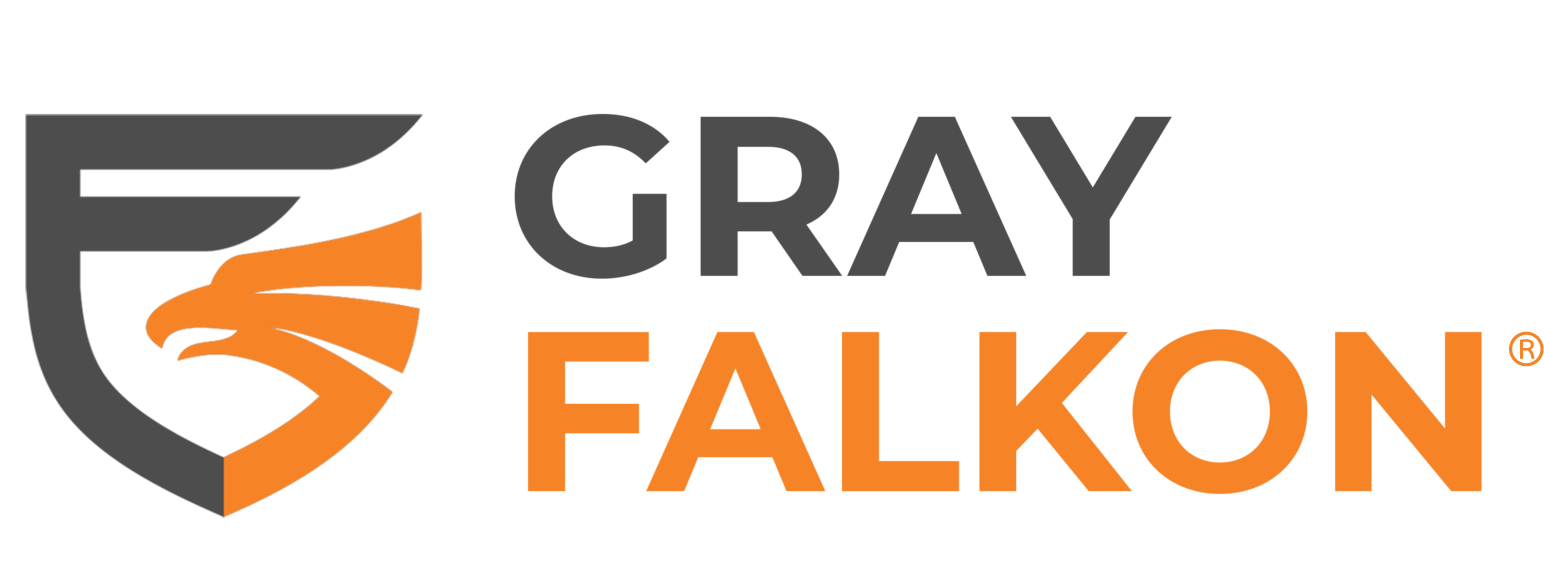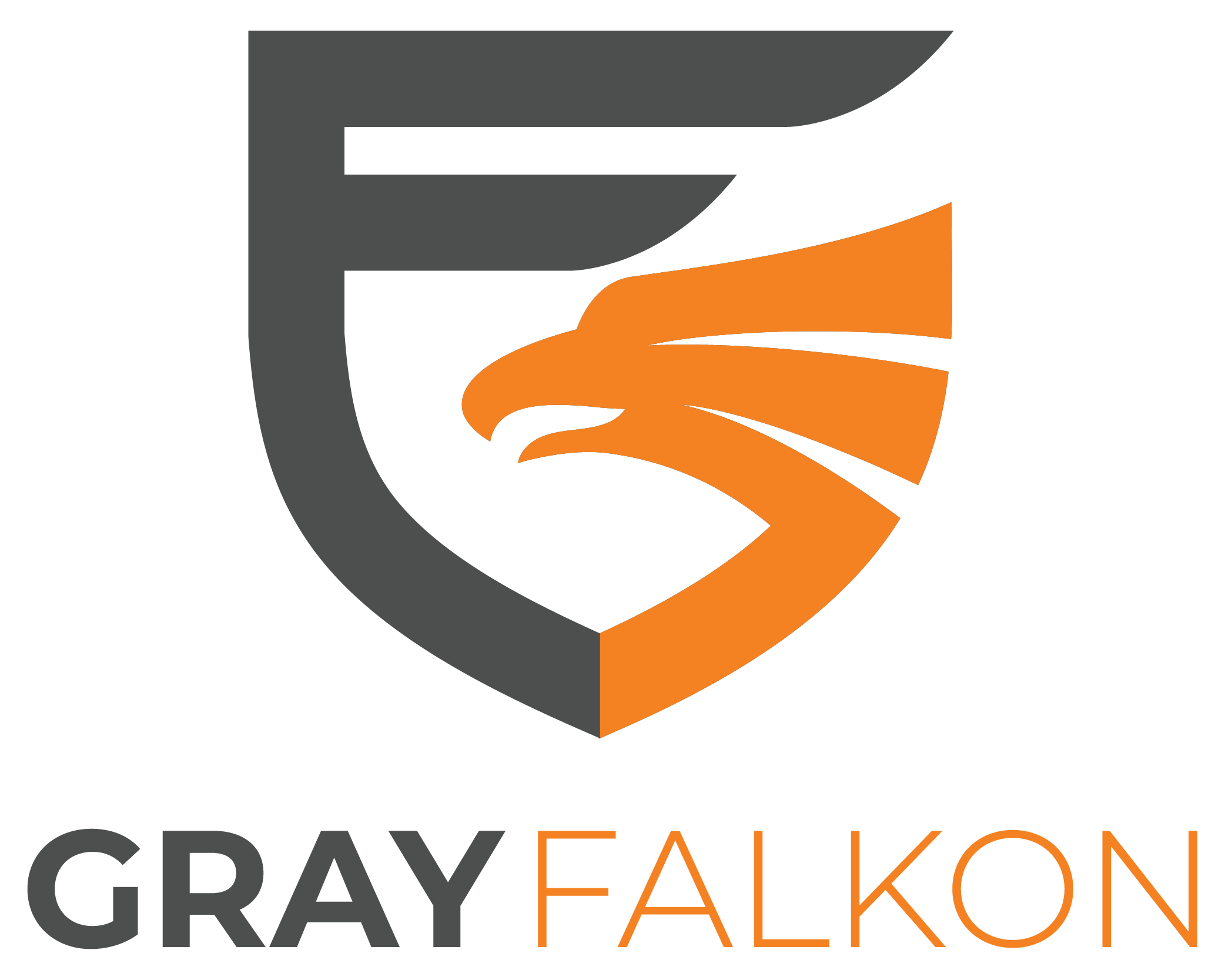
Amazon’s vast marketplace provides brands with an unparalleled opportunity to reach millions of customers. However, this visibility comes with significant risks, especially when it comes to copyright infringement. Sellers frequently steal product images, copy product descriptions, and misappropriate branding materials to mislead consumers and sell unauthorized products. For brands, this not only creates confusion but also dilutes their identity, damages customer trust, and can lead to legal complications.
While Amazon offers tools to help brands address intellectual property violations, these tools aren’t always enough to prevent ongoing copyright misuse. Many brands find themselves caught in an endless cycle of reporting infringing sellers, only for them to reappear under different accounts. The burden of identifying, documenting, and enforcing copyright rights often falls entirely on the brand itself.
So what qualifies as copyright infringement on Amazon and why is it a growing issue for brands?
Understanding Copyright Infringement on Amazon
Copyright infringement on Amazon is a growing concern, affecting brands across industries. While many discussions around brand protection focus on counterfeit goods and trademark violations, copyright abuse is an equally damaging issue that often goes overlooked. From stolen product images to copied descriptions, unauthorized sellers and bad actors frequently misuse brand-created content to mislead customers and drive sales.
What Qualifies as Copyright Infringement?
Although not entirely black and white, copyright law protects original creative works, including photography, written descriptions, marketing materials, and product designs. On Amazon, common copyright violations include:
Stolen Product Images: Unauthorized sellers using brand-owned photography without permission.
Copied Product Descriptions: Replicated product text and bullet points from legitimate brand listings.
Duplicated Marketing Content: Bad actors copying ad copy, instructional guides, or branded messaging.
Misappropriated Product Designs: Unauthorized sellers replicating visual layouts or packaging elements protected under copyright law.
Unlike trademark violations, which focus on brand names and logos, copyright infringement relates to creative assets and written content, making it a distinct issue that requires specialized enforcement.
Copyright violations on Amazon can be difficult to detect, especially since many unauthorized sellers disguise their activities by slightly altering images or product descriptions. When left unchecked, these infringements lead to customer confusion, loss of sales, and long-term brand damage.
Brands that take a proactive approach to copyright protection can prevent unauthorized sellers from exploiting their content and ensure that their intellectual property remains protected across the marketplace.
The Risks of Copyright Infringement for Brands
Copyright infringement on Amazon isn’t just an annoyance, it poses serious risks that can undermine a brand’s reputation, revenue, and legal standing. When unauthorized sellers steal brand-created content, they create confusion, degrade customer trust, and make it harder for legitimate brands to control their marketplace presence.
Loss of Control Over Branding
Brand identity and a positive brand image are built through consistent messaging, high-quality imagery, unique product descriptions, and more. When unauthorized sellers copy these elements, brands lose control over how their products are represented.
- Customers may purchase from illegitimate sellers using official product images, assuming they’re getting an authentic product.
- Brands cannot control how these sellers describe products, leading to inaccurate or misleading information.
- Some sellers even alter minor details, creating slight variations of product descriptions or images to bypass detection, making enforcement more difficult.
Without enforcement, these unauthorized listings dilute brand identity and erode the trust that brands work hard to establish.
Customer Trust Issues
Shoppers rely on trusted product images and descriptions to make informed buying decisions. When counterfeit or low-quality items are sold using stolen brand content, customers unknowingly purchase subpar products and can potentially blame the brand when their expectations aren’t met.
- Negative reviews and returns increase, damaging the product’s overall rating.
- Customers who experience poor quality may permanently avoid the brand, thinking they received an authentic product.
- A single bad experience on Amazon can lead to customers choosing competitors instead.
Over time, trust issues caused by copyright infringement can hurt long-term customer loyalty and retention.
Revenue Loss and Market Share Erosion
Unauthorized sellers using stolen content directly impact a brand’s bottom line by diverting traffic and sales. Copyright infringers often:
- Use official brand content to sell lower-quality or counterfeit items, making it harder for real brands to compete.
- Underprice listings, luring customers away from legitimate sellers.
- Saturate search results with misleading listings, reducing visibility for official brand listings.
If left unchecked, copyright violations can significantly impact sales performance, hurting both short-term revenue and long-term market share.
How to Manually Report Copyright Infringement on Amazon
Amazon provides brands with tools to report copyright violations, but the process can be time-consuming and requires a strategic approach to ensure successful takedowns. To protect copyrighted content effectively, brands must gather evidence, submit detailed complaints, and follow up to prevent repeat offenses.
Step 1: Gather Evidence of Copyright Infringement
Before submitting a complaint, it’s essential to document the violation. Amazon requires clear proof that the infringing seller has copied protected content.
- Take Screenshots: Capture the unauthorized listing, highlighting the copied content (e.g., images, descriptions, branding elements).
- Compare with the Original: Provide evidence of ownership, such as product pages from the brand’s official store or website.
- Identify the Seller: Note the name of the infringing seller, as repeat offenders often relist under different accounts.
Amazon’s enforcement team relies on detailed reports, so the more evidence you provide, the stronger your case will be.
Step 2: Submit a Copyright Complaint Using Amazon’s Report Infringement Form
Once you’ve gathered evidence, the next step is to formally report the copyright infringement to Amazon. Amazon provides an online infringement reporting system where brands can submit claims related to stolen product images, copied descriptions, and unauthorized use of copyrighted materials.
To file a complaint:
- Go to Amazon’s Report Infringement Page. This is where copyright holders can report violations.
- Select the appropriate infringement type. Amazon processes different types of IP violations separately, so it’s important to classify the complaint correctly as a copyright issue rather than a trademark or counterfeit claim.
- Provide key details about the infringement. This includes:
- Evidence of ownership (e.g., original product images, descriptions, or marketing materials).
- Direct links to the infringing listings where your copyrighted content is being misused.
- A brief but clear explanation of how the seller is violating your rights.
After submission, Amazon reviews the complaint and typically responds within a few days. However, response times can vary depending on the complexity of the case and the volume of complaints Amazon is processing. Brands should monitor their cases closely and be prepared to follow up if necessary to ensure enforcement action is taken.
Step 3: Follow Up and Monitor for Repeat Violations
Even after Amazon removes an infringing listing, violators often reappear under new seller accounts. To prevent recurring issues:
- Track Infringing Sellers: If the same seller continues infringing, submit additional complaints with reference to past cases.
- Monitor Your Listings: Use brand protection tools or third-party monitoring services to detect new violations.
- Maintain a Record of Complaints: Keeping detailed records helps escalate repeat violations and build a stronger case for enforcement.
While Amazon offers a structured process for reporting copyright infringements, brands must remain proactive in identifying and removing violations.
The Challenges of Copyright Enforcement on Amazon
While Amazon provides a structured process for reporting copyright infringements, brands often face significant challenges when it comes to enforcement. Even when violations are successfully reported, the process can be slow, inconsistent, and prone to loopholes that allow repeat offenders to continue operating. Without a proactive strategy, copyright violations can persist, undermining brand integrity and eroding customer trust.
Slow Response Times
Amazon receives a high volume of IP complaints daily, which means copyright takedown requests can take days to process. During this time, the infringing content remains live, allowing unauthorized sellers to continue profiting from stolen images and descriptions.
Even after Amazon removes an infringing listing, sellers often create new product pages under different accounts, forcing brands into a never-ending cycle of reporting violations.
Repeat Offenders and Marketplace Loopholes
Many copyright violators understand Amazon’s enforcement weaknesses and take advantage of them. Some common tactics include:
- Creating multiple seller accounts to avoid detection after takedowns.
- Slightly modifying copied descriptions or images to bypass keyword-based detection tools.
- Re-listing under different ASINs to continue selling infringing products with minor changes.
Since Amazon primarily relies on reactive enforcement, many of these violations go undetected until brands take action, creating a constant need for monitoring and follow-up.
Limited Protection Scope
While Amazon has strong policies against counterfeit products, copyright infringement does not always receive the same level of enforcement. Marketplace tools like Brand Registry focus heavily on trademark violations, while copyright cases often require more manual intervention from the brand itself.
Additionally, Amazon’s automated systems sometimes fail to recognize subtle copyright violations, requiring brands to repeatedly submit claims and escalate cases to ensure action is taken.
Why Marketplace Tools Alone Aren’t Enough
Amazon’s reporting system is useful, but it places the burden of enforcement entirely on brands. Without proactive monitoring and a structured approach to reporting and follow-up, copyright violations can persist unchecked. To effectively combat copyright infringement, brands need to go beyond Amazon’s standard enforcement tools and adopt a more comprehensive brand protection strategy.
How Gray Falkon Helps Brands Protect Their Copyright on Amazon
Navigating copyright enforcement on Amazon is an ongoing challenge, but Gray Falkon simplifies the process with proactive monitoring, automation-driven violation reporting, and strategic enforcement solutions. Instead of relying on reactive marketplace tools that place the burden on brands, our AI-powered system detects and reports copyright infringements efficiently, preventing repeat violations and protecting your brand’s intellectual property.
Comprehensive Marketplace Monitoring
Gray Falkon’s AI-driven monitoring technology scans Amazon in real-time, identifying unauthorized use of copyrighted product images, descriptions, and branding. This proactive approach prevents violations from spreading across multiple seller accounts, ensuring brands maintain control over their marketplace presence.
Unlike manual monitoring, which can be time-consuming and inconsistent, our solution continuously scans for new violations, alerting brands as soon as infringements are detected.
Automation-Driven Violation Reporting
Once an infringement is detected, our solution automates the process of preparing and submitting violation reports to Amazon. Our solution:
- Generates structured, marketplace-compliant reports with the necessary arguments and evidence for faster enforcement.
- Eliminates repetitive manual reporting tasks, reducing the time brands spend on enforcement.
- Increases efficiency in processing claims, ensuring a higher success rate in copyright takedowns.
By streamlining these steps, Gray Falkon allows brands to remove infringing content quickly and consistently.
Multi-Platform Protection Beyond Amazon
Copyright infringements often extend beyond Amazon, appearing on Walmart, eBay, and other eCommerce platforms. Gray Falkon offers cross-platform brand protection, ensuring that unauthorized sellers and stolen content are identified and removed wherever they appear.
With one centralized system, brands can track copyright violations across multiple marketplaces, eliminating the need for fragmented, marketplace-by-marketplace monitoring.
Dedicated Brand Success Strategists for Long-Term Protection
In addition to AI-powered enforcement, Gray Falkon provides brands with dedicated Brand Success Strategists who develop custom brand protection strategies. These experts:
- Analyze marketplace trends to identify high-risk areas for infringement.
- Advise brands on long-term copyright enforcement strategies.
- Provide ongoing support to ensure brands stay ahead of evolving threats.
This combination of technology and expert guidance gives brands a stronger, more effective approach to copyright protection.
Gray Falkon goes beyond Amazon’s standard reporting tools by automating detection, streamlining enforcement, and offering multi-platform protection. Brands no longer have to manually track violations or rely on slow marketplace enforcement. With Gray Falkon, they can take control of their copyright protection proactively and effectively.
Taking Control of Copyright Protection on Amazon
Copyright infringement on Amazon isn’t just an occasional issue, it’s a persistent threat that can dilute brand identity, mislead customers, and erode trust in your products. Stolen product images, copied descriptions, and unauthorized branding are more than just minor annoyances; they can lead to lost revenue, legal risks, and long-term damage to your reputation.
While Amazon provides tools for reporting copyright violations, marketplace enforcement is slow, reactive, and requires brands to take the lead in monitoring and reporting. This puts the burden on businesses to constantly police their own listings, an inefficient and frustrating process.
Gray Falkon bridges this gap by offering proactive, AI-powered brand protection. With automated copyright monitoring, streamlined reporting, and multi-platform enforcement, we help brands detect and remove copyright infringements quickly before they cause lasting harm.
Schedule a demo today to see how Gray Falkon can help protect your brand and online sales.



